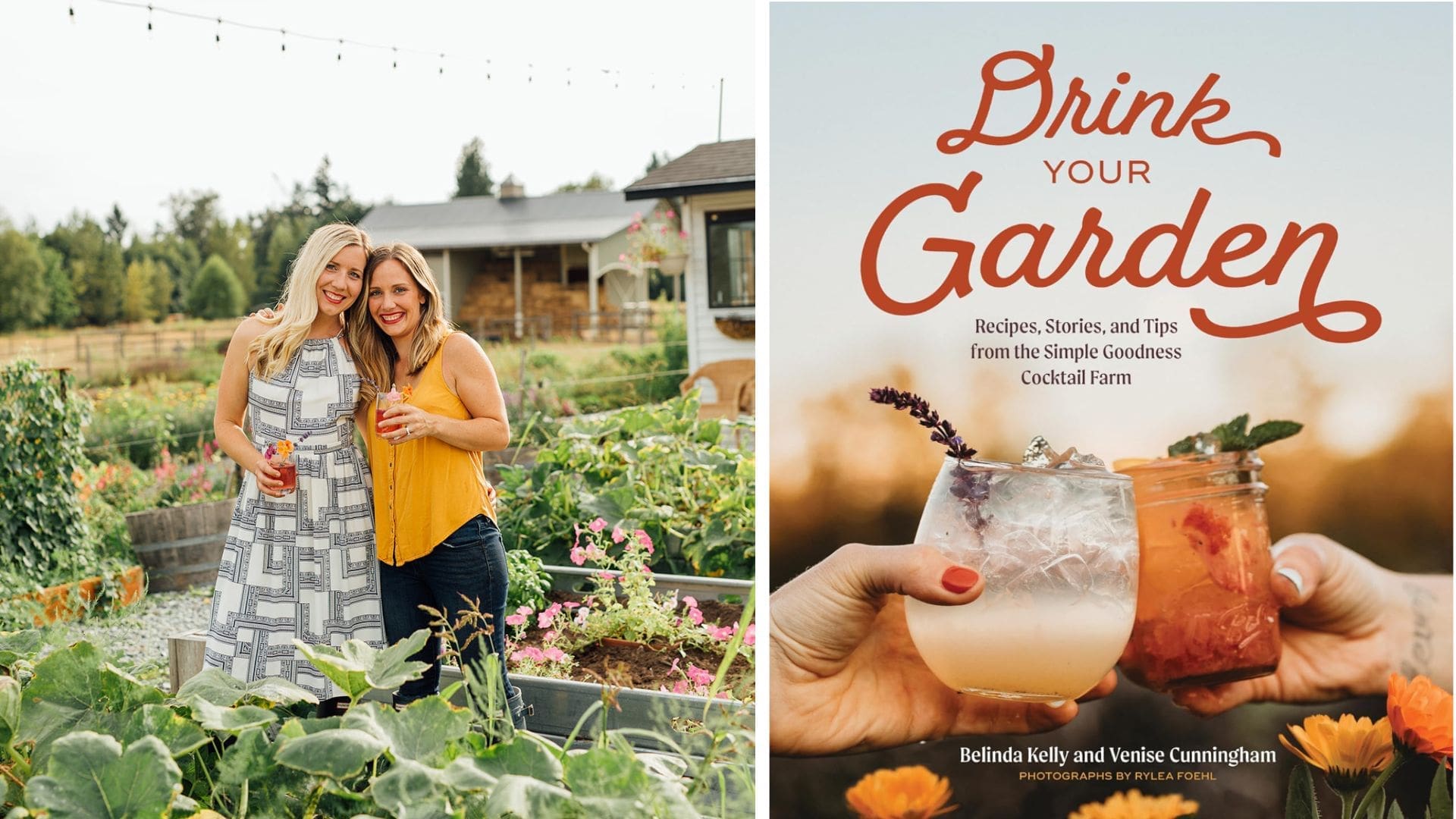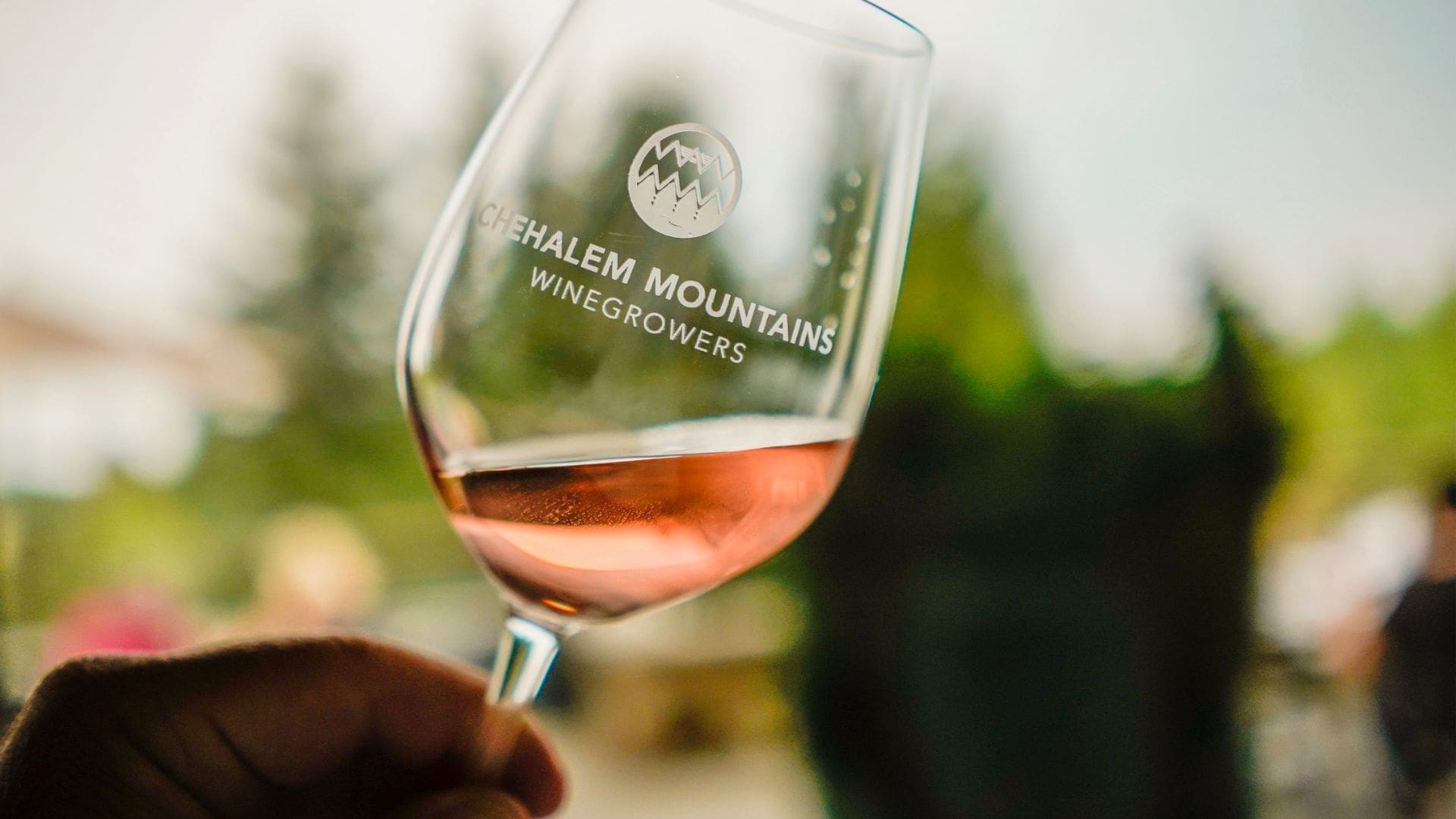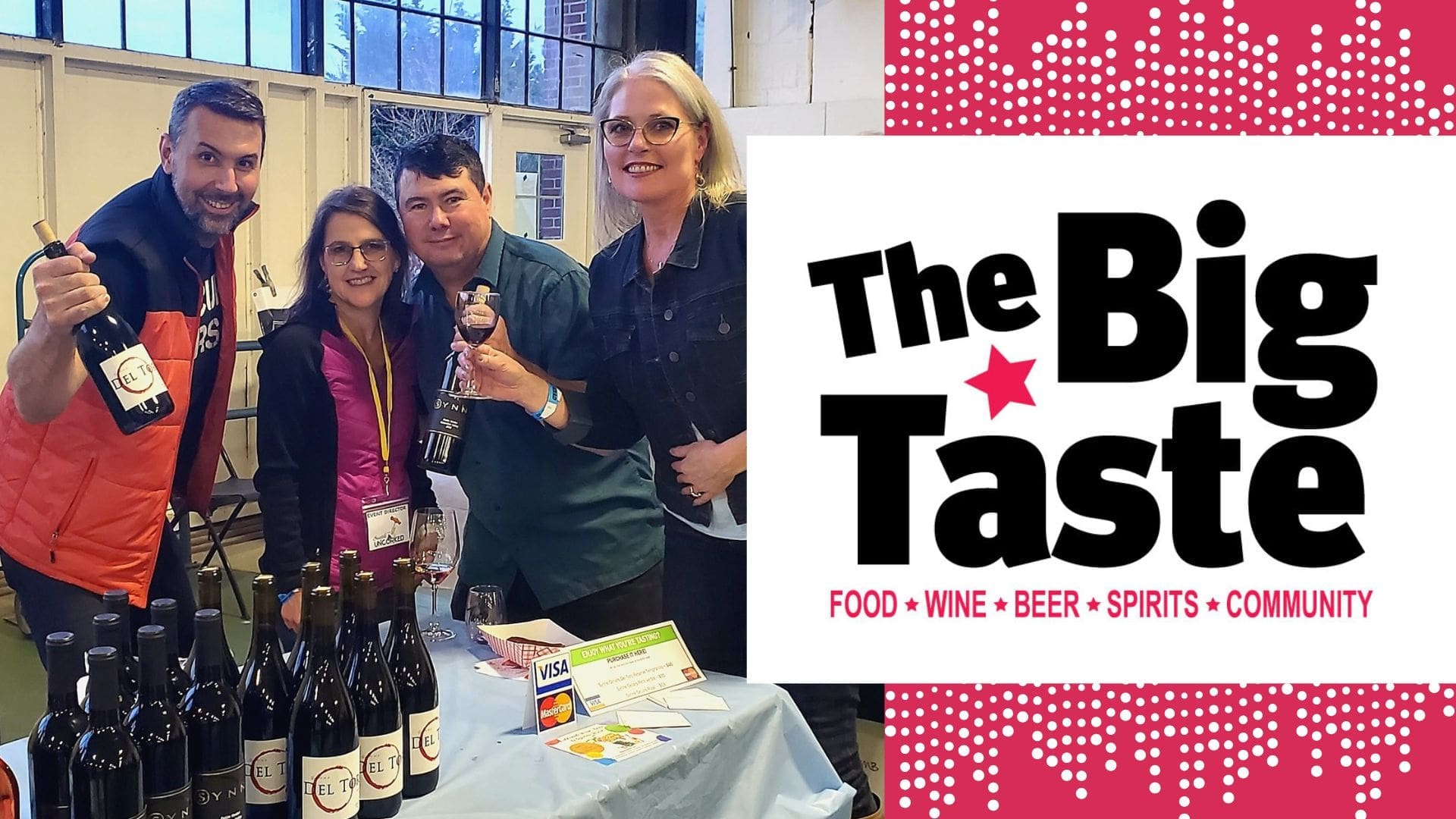Oregon’s Yamhill-Carlton AVA is known for its Pinot, and for good reason. But there’s a growing number of winemakers utilizing this aromatic white.
“Riesling has always been something we do, not because it’s our most successful wine, but it’s something we love,” says Anna Campbell, owner and creative director of Elk Cove Vineyards. Located in Oregon’s Yamhill-Carlton American Viticultural Area (AVA), Elk Cove sits squarely in a region known for its Pinot.
“There are these attitudes that Riesling is a favorite among winemakers because it’s so versatile,” Campbell says. “But it hasn’t been as popular among consumers.”

Riesling is a grape that elicits a strong positive or negative response. Accordingly, it has struggled among both casual and avid wine consumers alike. If you’ve ever worked in or been around a tasting room or simply talked to friends or family about wine, you’ve likely heard the phrase “I don’t like Riesling, it’s too sweet.” It’s fair to say American Riesling producers are fighting a bit of an uphill battle when it comes to promoting this grape on the national stage.
But let’s shrink that down. There are winemakers throughout American AVAs working to “re-brand” Riesling — or at the very least get you to give it a second chance. The Yamhill-Carlton AVA, for instance, has about 2,500 acres of vineyards planted. About 80% of those vineyards are Pinot Noir. There are small amounts of Chardonnay, Pinot Gris, and other grapes. But at the very bottom of that list is Riesling, with less than half a percentage of the region’s vineyards.
Yet, there are a number of winemakers that are growing this grape in a land otherwise dominated by reds. And they are determined to show the world just what Riesling can do.
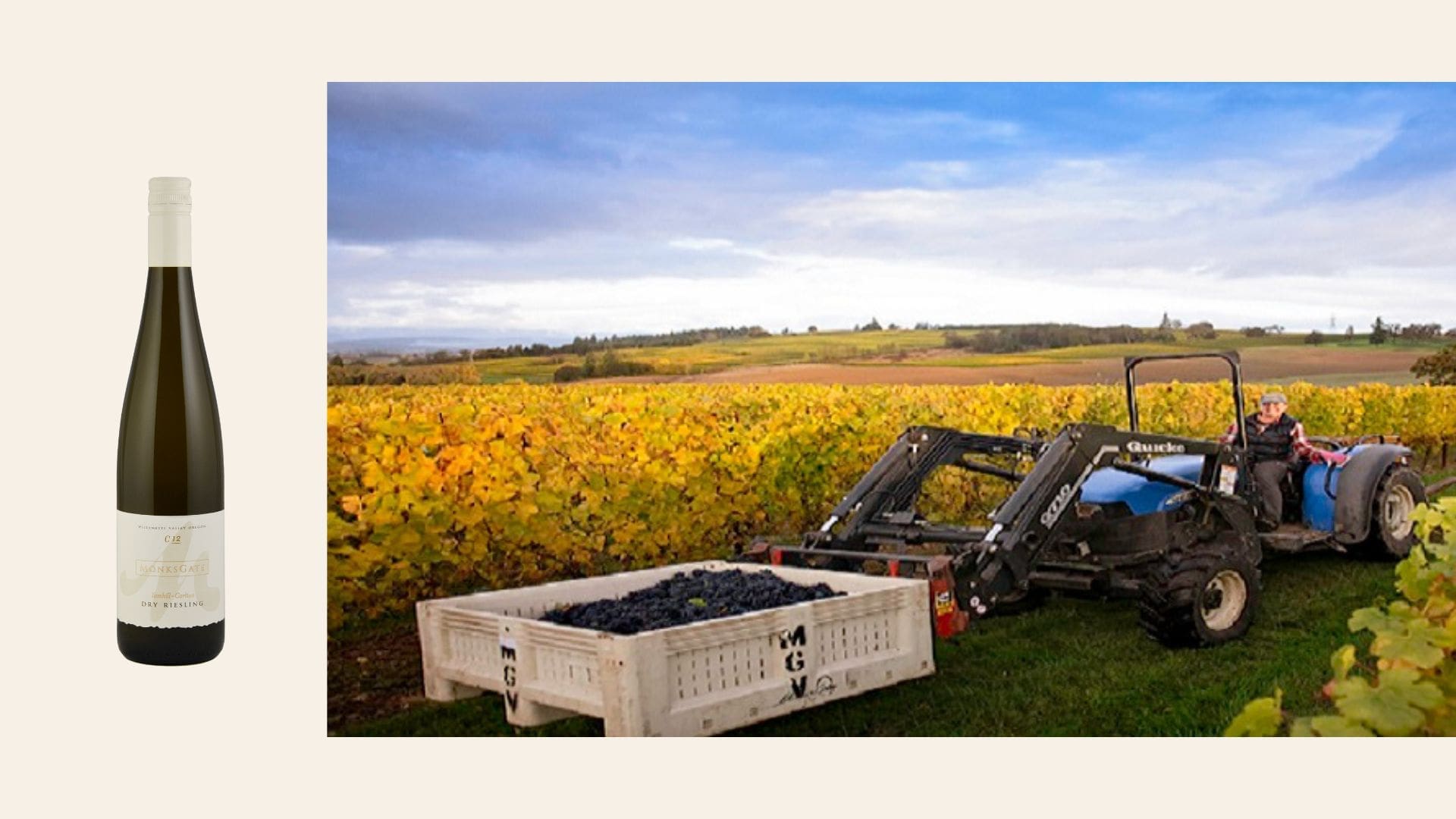
A deep history and commitment
“There used to be quite a lot of Riesling plantings in Yamhill-Carlton,” says Rebecca Moore, second generation grower and operator of MonksGate Vineyard. Her and her family bought the property in 1998 and started converting it into a vineyard in 2000-2005. “But it goes through periods of popularity and unpopularity.” ”And so much of the early Riesling that was planted was ripped out in the ’80s and ’90s. But the Moores kept their Riesling plantings. And today, they have just over two acres of the white grape. And the fruit they don’t sell to winemakers is used to make both a dry still and sparkling Riesling. The latter of which is called Fizzy, named after their Airedale.
But go back to 1974, when early pioneers like Campbell’s parents became the first people post-Prohibition to plant vineyards in what’s now the Yamhill-Carlton AVA,, and you’ll find Riesling and Chardonnay. But the latter proved difficult to grow. Yet, “We were always fixated on growing Riesling, we still have the original vines from 1977 and they produce beautiful fruit 50 years on,” says Campbell.
Then there’s Brooks Wine, which is located in the Eola-Amity Hills AVA, but produces some of its Rieslings with fruit from Yamhill-Carlton vineyards.
“When my brother started Brooks in 1998, he went on a search for who still had Riesling planted,” says Janie Brooks Heuck, managing director of Brooks Wines. “People realized it was hard to grow and obviously hard to sell. But he made it Brooks’ mission to restore Riesling, especially dry Riesling, in the Willamette Valley.”
There’s a good reason winemakers in the Yamhill-Carlton AVA have a fondness for the grape. It may be difficult to grow, but several factors unique to the AVA lend itself quite well to Riesling production.
To start, Moore notes, the AVA is a horseshoe shape with a valley at the center, which collects heat during the summer. When the fall comes and the temperatures drop and the rains roll in, thermodynamics draws the heat up the hills.
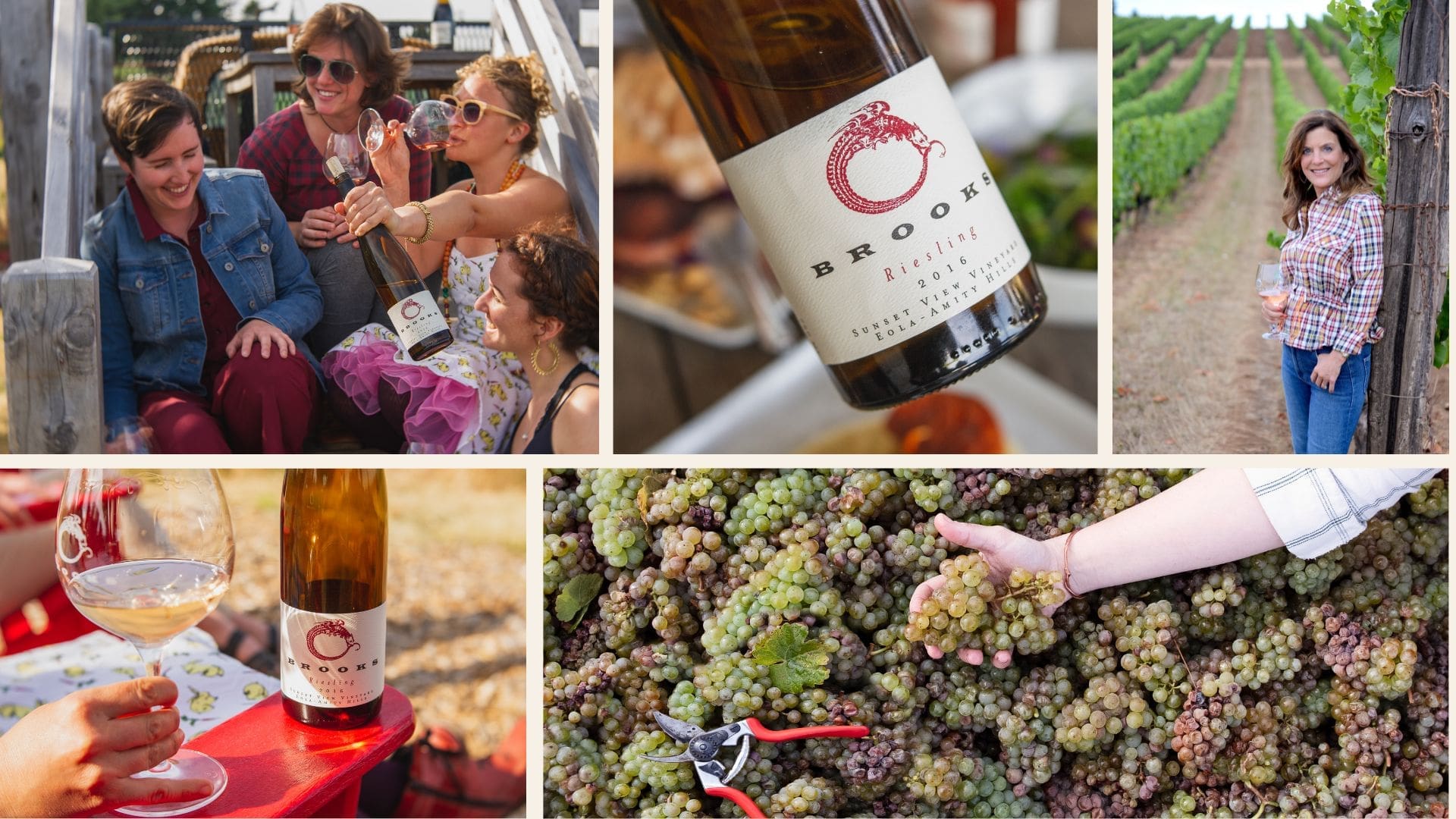
“That heat sink helps provide support and get the grapes nice and evenly ripe,” says Moore.
Campbell echoes this sentiment. “We have a great climate for Riesling,” she says. “There’s enough sunlight and warmth for ripening but cool evenings too. So it helps the Riesling hold onto its acidity while ripening.
Brooks Heuck also notes that the AVA’s wide range of soils, ranging from volcanic to marine sedimentary, enables winemakers to produce a large breadth of Rieslings — in other words, you’re going to find a Riesling that isn’t anything like that cloyingly sweet bottle you chugged in your early 20s.
“Each soil produces wildly different but beautiful fruit,” Brooks Heuck says. “Most of our Rieslings are planted on volcanic soils, which gives them a lot of zesty lemon-lime notes and minerality. They are also laser-focused on the palate. Whereas the marine sediment soil sites are warmer sites, there’s greater notes of stone fruit and tropical notes.”
Looking Ahead
When it comes to promoting a white wine in a region known for its reds (and for good reason), Campbell, Brooks Heuck, Moore and other winemakers start at homebase — the winery.
“When they are in the tasting room, I have control of the narrative,” says Moore. “Occasionally I get people who don’t want to try Rieslings. And I say ‘give it a shot. I will absolutely not be offended if it’s not for you. But I am 95% sure that you’re going to find out something about this wine that will surprise you and that you’ll really enjoy.’”
But still, most consumers aren’t going to come across wine in the tasting room. Most are going to encounter it at their grocery or local liquor store. So, Brooks Heuck incorporates the International Riesling Foundation scale to their labels. The scale ranges from dry to sweet. An arrow sits somewhere along that spectrum based on the wine’s acidity, pH, and residual sugar. This, Brooks Heuck explains, can help consumers have a better idea of what they are buying. And perhaps, make them more likely to take a second chance on a wine they once perceived as overly sweet, dry – you name it.
“We all have a responsibility to educate the consumer with every opportunity that we can,” says Brooks Heuck. Whether on the label, or in the tasting room, winemakers in the Yamhill-Carlton AVA are eager to revive Riesling’s reputation. Versatile and underappreciated, it is ready for its moment.


